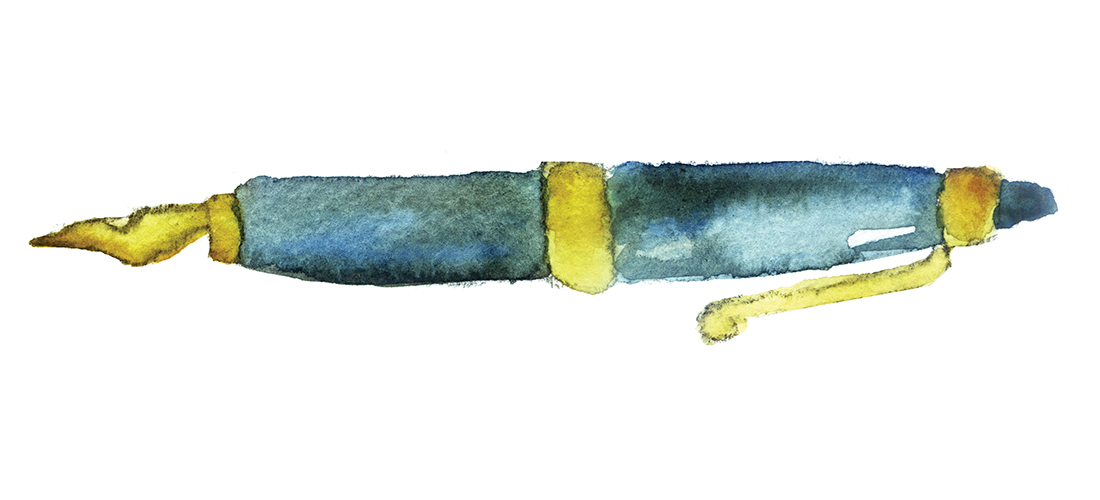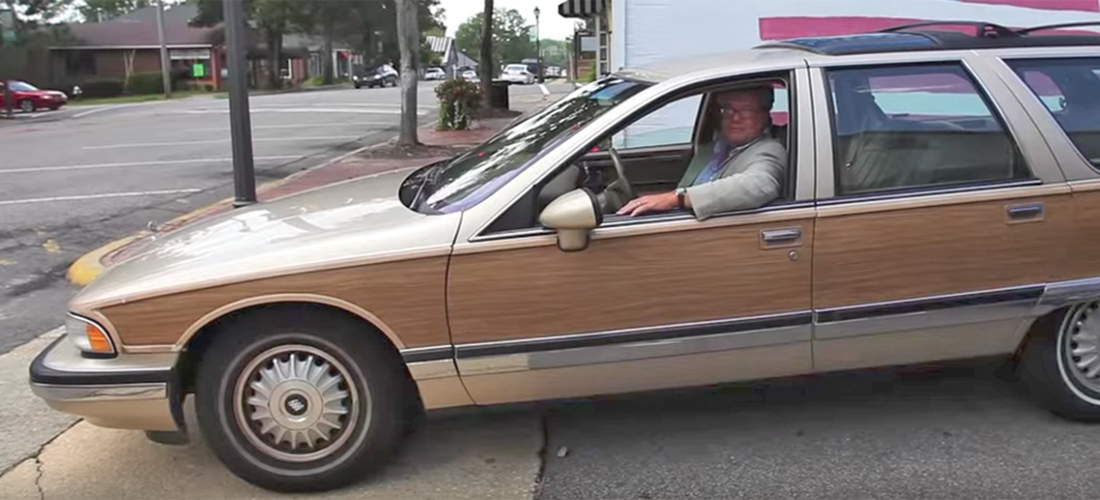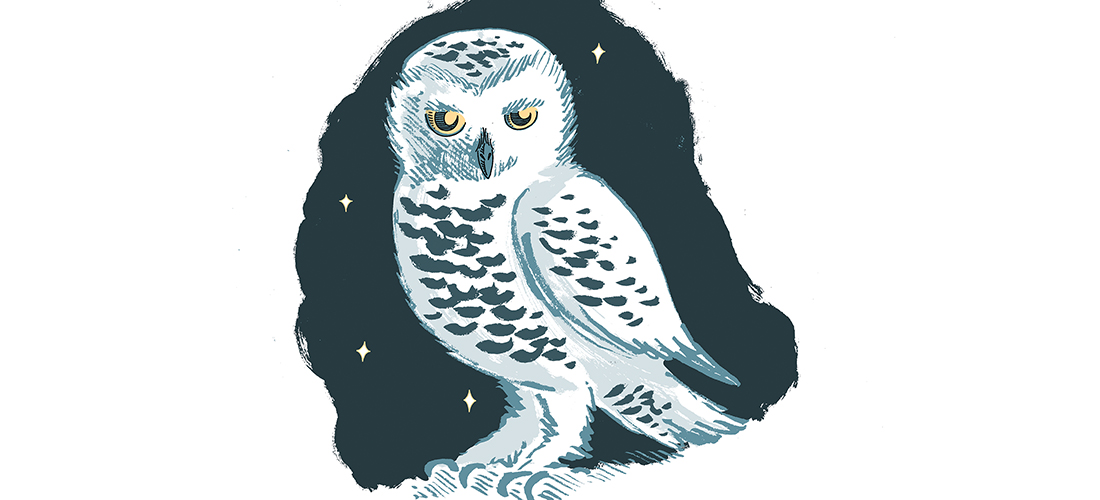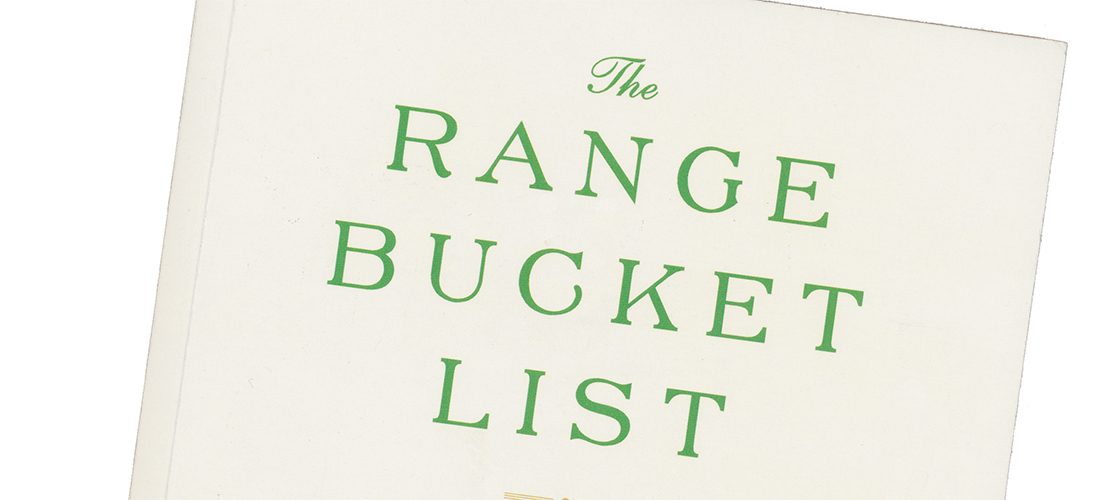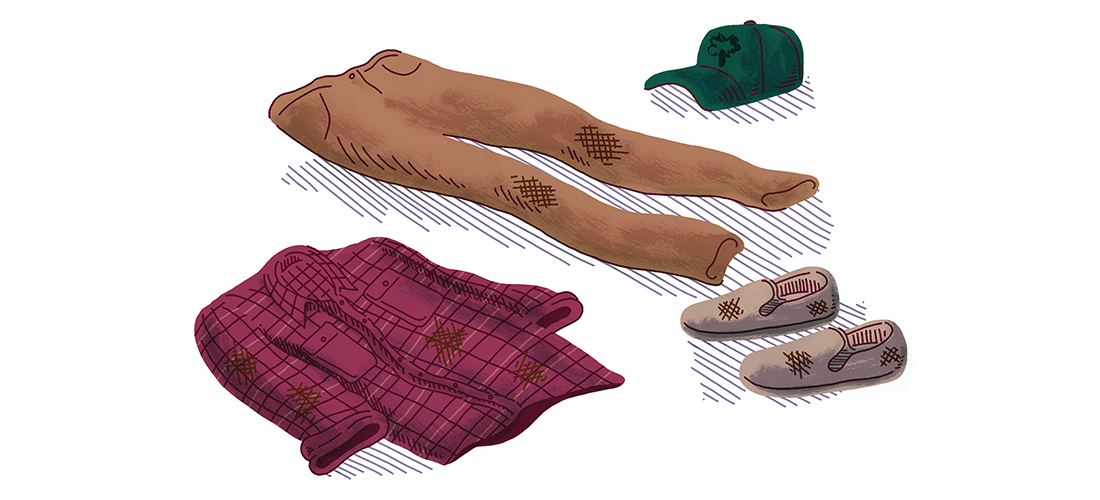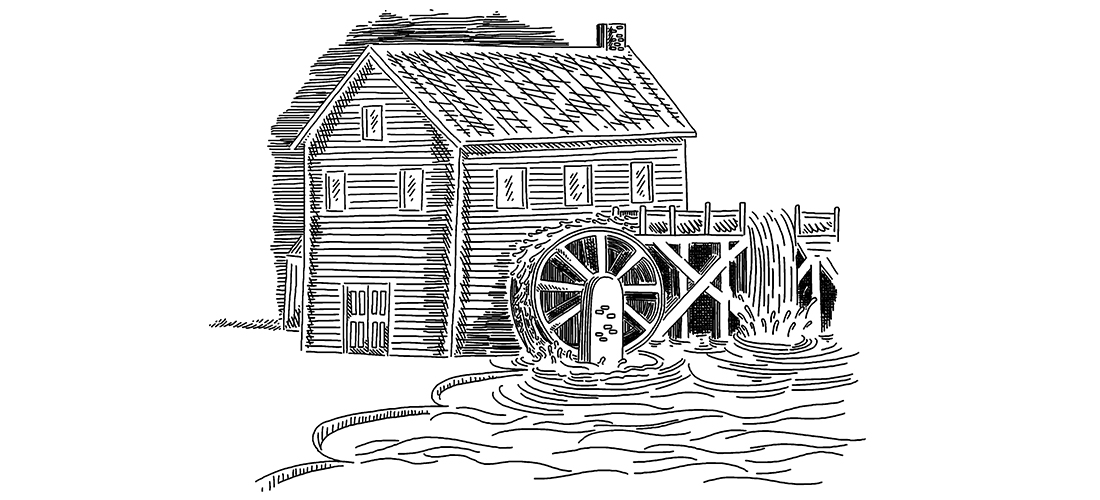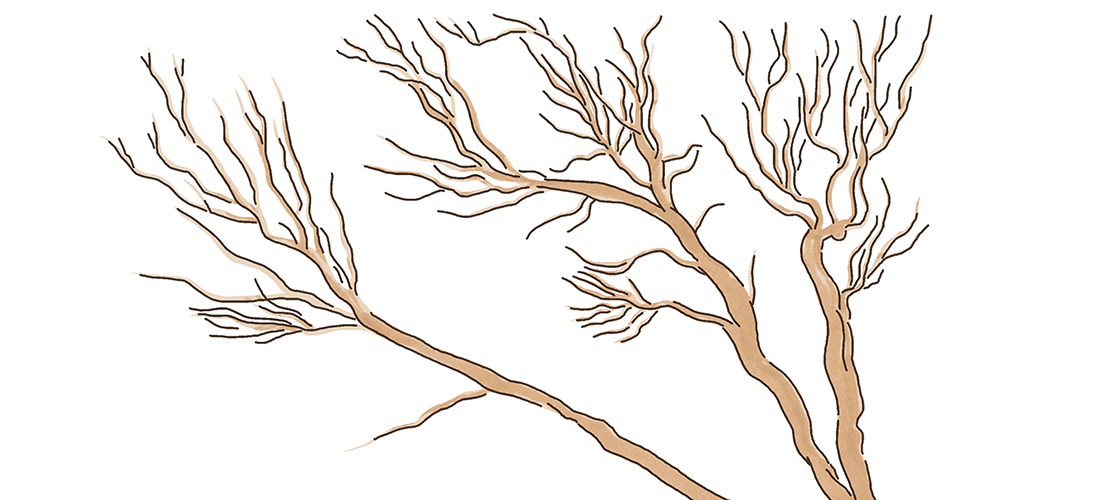Wishing for the intangible
By Jim Dodson
Earlier this month, my lovely grown-up daughter living in faraway Chicago phoned to ask what I want for Christmas.
“Can’t think of a thing, Honey,” I replied, then said what I say every December when we do this routine. “I don’t need a thing, Mugs. Just seeing all of you kids come home is my Christmas present. Oh, wait, I know — a pair of new white socks and a pen that doesn’t run out of ink.”
“Dad, be serious.”
I was being serious. For better or worse, come winter I go through white socks like tissues, and there’s nothing worse than a pen that runs out of ink when you’ve had a sudden brilliant thought.
The trick of living, I’ve discovered over three score years plus four is to know what’s enough and to need (and better yet desire) less and less of this world’s material stuff, whittling down life until you’re traveling light enough to someday join the dust from whence you came.
On this same note, it was a shock to discover the other day that I own 23 very nice sports coats. Where on Earth did they all come from? And more to the point, do I really need 23 sports coats in my life, only two or three of which I might wear over the course of a year? Ditto neckties, golf clubs, various hats and caps, even books I used to think I would someday read but never got around to.
So I had a brilliant idea. For the first time in decades, I made out a Christmas list, putting “give away at least half your very nice sports coats for Christmas” at the top of it.
Like my working hero Thomas Jefferson — who claimed to be an “old man but a new gardener” — I tend to make lists of things I mean to do on any given day. As any pre-geezer knows, the older you get, the better it is to write stuff down before you forget it. Unfortunately, I’m always finding old lists of things I meant to do stuffed in the pockets of my sports coats and gardening pants, things I somehow forgot to do. This is just another good reason to get rid of half my very nice sports coats. That way, I’ll probably only forget to do half the tasks I put on my daily list of things to do.
In this spirit, I decided to revisit making a Christmas list since I was about 11. That year my buddies and I used to ride our bikes to the downtown Sears and Roebuck store to check out toys we wanted to see under the Christmas tree. I wanted a new Alamo set that year and a Redskins football jersey. Also to kiss Della Hockaday who rode my bus and lived just around the corner. She wouldn’t give me the time of day. But that’s an old story of youthful yearning and unrequited love.
Back to my current pre-geezer Christmas List:
Time. Don’t tell anyone, least of all my literary agent, but I have at least three novels half-written that I just can’t find the time to finish. I don’t know if the world needs to read my unfinished novels or not. I just know I need to someday finish writing them — though “someday” really has a scary way of creeping up on you. Time is the one thing that always seems to be in short supply, running out like the ink in your pen when you least expect it. I’d also like enough time to see my children settled down and happy with how their lives are working out. While I’m on the subject, wouldn’t mind being in the Grandpa Club some day. But no rush, Kids. Hopefully I still have a little time yet. Those new grandpas seem to have all the fun, though.
Something spicy and blue. Thanks to several careers in writing, I’ve been fortunate enough to travel abroard a great deal, exploring faraway places I only dreamed or read about as a kid. Most of my wanderlust has been spent. But there still are a few places I’d like to go before I’m scattered among the wildflowers. One is the spice market and Blue Mosque of Istanbul. I can’t really tell you why — maybe because on an attempt to see the wonders of the ancient world with my 10-year-old son many years ago, we failed to reach Constantinople or explore the Holy Land. In a nice development, next summer that grown-up son — now a reporter for a famous newspaper in northern Maine — plans to marry a beautiful Palestinian Christian girl from Jaffa, Israel. The sacred sights of the Holy Land await. And just maybe, on the return leg, something spicy and blue in old Constantinople.
Another rescue dog. Please don’t share this with my wife, but I’d love another rescue dog or two. Rescue dogs make the world a better place. They’re all about love and joy at finally having a home to call their own. Mine found me. Her name is Mulligan. Best dog ever. I’ll cry like a baby when she’s gone. Then I’ll go get myself another rescue dog or two.
A politician to admire. Frankly, I’m tired of the ones we have. All they do is bicker, call names and point nasty fingers at each other. If my mother were running this country, she’d send them all to their bedrooms without dessert until they could learn to speak with a civil tongue in their mouths. If you can’t tweet something nice, she would add, don’t tweet anything at all. We could sure use a guy like Thomas Jefferson or my mom for president.
Tickle the ivories. Sure wish I could play the piano. Actually, I can play the piano. It just doesn’t sound like it. Looking back, I should have taken more than two weeks of lessons. You can probably put the blame directly on Della Hockaday. She was all I could think about the year my mom (see above) suggested I take piano lessons. The teacher smelled like moth balls so I quit and took up playing guitar, planning to become the next George Harrison. Sadly, Della wasn’t impressed.
More Saturday mornings. Look, I could really use an extra Saturday morning. That’s when I get my errands and garden work done. While the world sleeps in, I get down and dirty. Thus I hereby propose a constitutional amendment introducing the four-day work week and renaming Friday “First Saturday.” Just imagine what we could all do if we had two Saturday mornings! An extra day for golf, gardening, sleeping in, reading a book, meeting a friend for lunch, writing a letter by hand, taking a walk with the dogs in the park, or just doing nothing but noticing what a beautiful world we’re briefly inhabiting.
What’s Up, Doc? And since we’re on the subject, would someone please bring back those classic Bugs Bunny cartoons that once made Saturday mornings so sublime – Elmer Fudd, Daffy Duck, Porky Pig, Foghorn Leghorn, Tweety and Sylvester, Yosemite Sam, Pepé Le Pew, the whole Looney Tunes gang. Sure loved those guys. They made the world a better place — or at least a whole lot funnier. We should all lighten up, especially the cartoon characters we’ve elected to public office. Besides, I have it on good authority that Tom Jefferson was a huge Rocky and Bullwinkle fan.
A Revised Eleventh Commandment. Here’s a final thing I wish we could do: learn to listen to each other with a closed mouth and an open mind. During the years I wrote about life in Washington, D.C., Ronald Reagan publicly embraced an Eleventh Commandment: “Thou shalt not speak ill of another Republican.” I propose we update that to “Never speak ill of another American, even if they look or sound different from you.” We’re the most diverse nation on Earth, after all, made up of a polyglot of souls who mostly came from someplace else far, far away — yet a country constitutionally founded on the timeless principle of free exchange of ideas, civil discourse and respect for a neighbor’s opinions, even if we don’t agree. If we get to know that neighbor, we just might be reminded that far more unites than divides us.
So there it is, neighbors, eight modest items on my pre-geezer Christmas Wish List. I can almost hear what you’re thinking — What a dreamer, pal. You must have sugar-plums dancing in your head.
I suppose that’s true. But the older I get, the more I dream about such things, not unlike the way, long ago and far away, I wished for a new Alamo set and a kiss from Della Hockaday. One of those things, I can safely report, Santa delivered.
In the mean time, can anyone use a very nice sports coat or two? PS
Contact Editor Jim Dodson at jim@thepilot.com.

